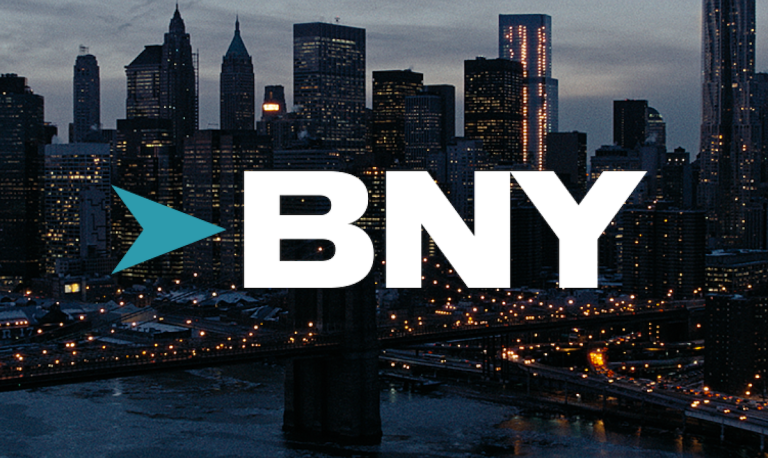
Say goodbye to BNY Mellon and hello to BNY.
The bank — America’s oldest — is updating its logo and taking BNY as its new name, it announced in a Tuesday (June 11) press release. Its legal parent name will remain The Bank of New York Mellon Corp.
“As the world changes and global financial markets evolve, so do we,” the bank said in its announcement. “To improve familiarity with who we are and what we do, we are updating our logo and simplifying our company umbrella brand to BNY.”
The original Bank of New York was founded in 1781 by Alexander Hamilton, with fellow founding fathers Benjamin Franklin and Thomas Jefferson among its shareholders. The bank merged with Mellon Financial in 2007.
BNY now oversees close to $50 trillion in assets and is known as a custodian bank or a bank for other lenders.
As part of the rebrand, the bank’s investment management and wealth management arms will also be renamed BNY Investments and BNY Wealth, and its financial solutions unit, BNY Mellon Pershing, will become BNY Pershing.
“These changes complement the company’s evolution as a leading global financial services company,” said BNY Global Head of Marketing and Communications Natalie Sunderland.
“The updated brand conveys trust, resilience and innovation, and helps us align the full breadth of our offerings and capabilities under one brand, to improve familiarity with who we are and all that we do for our clients.”
BNY’s big change comes as the entire banking industry is changing amid the rise of digital banking, as noted here last month.
It has led banks to adopt a practice from the retail world known as “clienteling,” which means “that the folks who walk into the branch are the very customers that the bank wants to be there … the high value, repeat business relationships that last a long time,” PYMNTS wrote.
In retail terms, clienteling involves the strategy of assigning individual sales associates in the store to consumers — a one-on-one interaction that uses data to create a personalized approach that addresses the customer’s needs and preferences for that visit while also improving the efficiency of the visit.
“The reimagining of the branch has been a key endeavor for banks precisely because so many functions previously fulfilled by tellers and bankers — from deposits to loan applications — can now be done on a mobile device,” PYMNTS wrote.